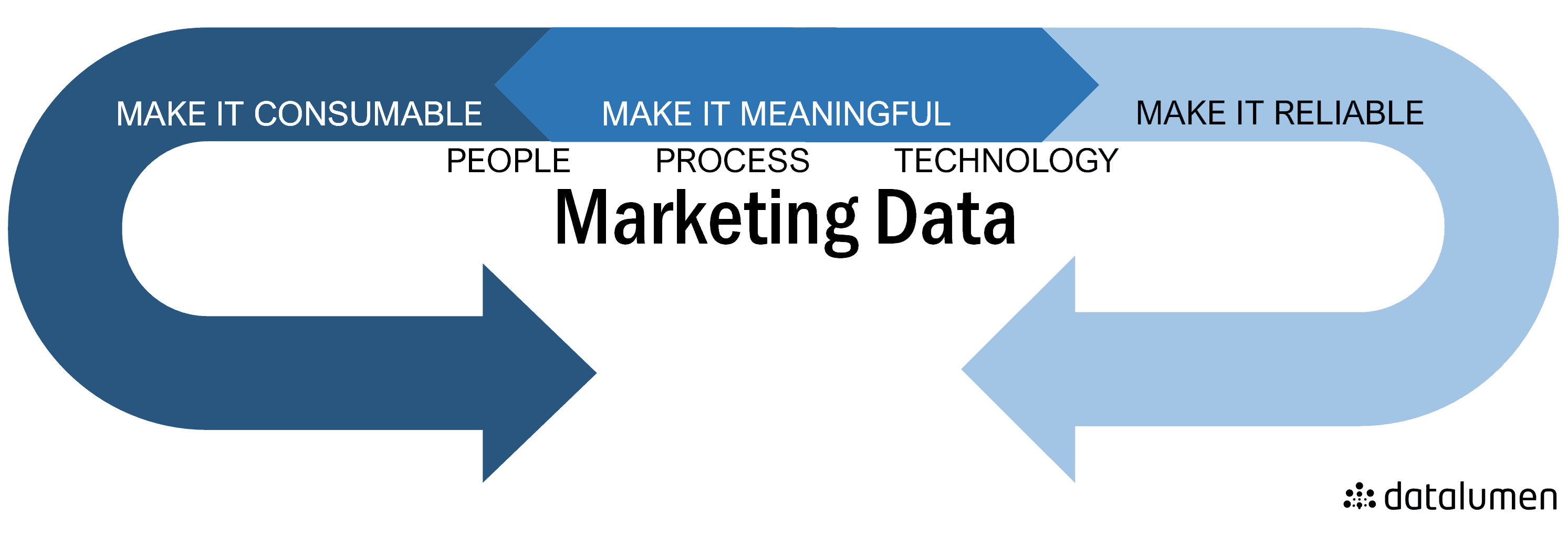COLLIBRA DATA CITIZENS 22 – INNOVATIONS TO SIMPLIFY AND SCALE DATA INTELLIGENCE ACROSS ORGANIZATIONS WITH RICH USER EXPERIENCES
Collibra has introduced a range of new innovations at the Data Citizens ’22 conference, aimed at making data intelligence easier and more accessible to users.
Collibra Data Intelligence Cloud has introduced various advancements to improve search, collaboration, business process automation, and analytics capabilities. Additionally, it has also launched new products to provide data access governance and enhance data quality and observability in the cloud. Collibra Data Intelligence Cloud merges an enterprise-level data catalog, data lineage, adaptable governance, uninterrupted quality, and in-built data privacy to deliver a comprehensive solution.
Let’s have a look at the new announced functionality:
Simple and Rich Experience is the key message
Marketplace | Frequently, teams face difficulty in locating dependable data for their use. With the introduction of the Collibra Data Marketplace, this task has become simpler and quicker than ever before. Teams can now access pre-selected and sanctioned data through this platform, enabling them to make informed decisions with greater confidence and reliability. By leveraging the capabilities of the Collibra metadata graph, the Data Marketplace facilitates the swift and effortless search, comprehension, and collaboration with data within the Collibra Data Catalog, akin to performing a speedy Google search. |
Usage analytics | To encourage data literacy and encourage user engagement, it’s important to have a clear understanding of user behavior within any data intelligence platform. The Usage Analytics dashboard is a new feature that offers organizations real-time, useful insights into which domains, communities, and assets are being used most frequently by users, allowing teams to monitor adoption rates and take steps to optimize their data intelligence investments. |
Homepage | Creating a user-friendly experience that allows users to quickly and easily find what they need is crucial. The revamped Collibra homepage offers a streamlined and personalized experience, featuring insights, links, widgets, and recommended datasets based on a user’s browsing history or popular items. This consistent and intuitive design ensures that users can navigate the platform seamlessly, providing a hassle-free experience every time they log into Collibra Data Intelligence Cloud. |
Workflow designer | Data teams often find manual rules and processes to be challenging and prone to errors. Collibra Data Intelligence Cloud’s Workflow Designer, which is now in beta, addresses this issue by enabling teams to work together to develop and utilize new workflows to automate business processes. The Workflow Designer can be accessed within the Collibra Data Intelligence Cloud and now has a new App Model view, allowing users to quickly define, validate, and deploy a set of processes or forms to simplify tasks. |
Improved performance, scalability, and security
Collibra Protect | Collibra Protect is a solution that offers smart data controls, allowing organizations to efficiently identify, describe, and safeguard data across various cloud platforms. Collibra has collaborated with Snowflake, the Data Cloud company, to offer this new integration that enables data stewards to define and execute data protection policies without any coding in just a matter of minutes. By using Collibra Protect, organizations gain greater visibility into the usage of sensitive and protected data, and when paired with data classification, it helps them protect data and comply with regulations at scale. |
Data Quality & Observability in the Cloud | Collibra’s latest version of Data Quality & Observability provides enhanced scalability, agility, and security to streamline data quality operations across multiple cloud platforms. With the flexibility to deploy this solution in any cloud environment, organizations can reduce their IT overhead, receive real-time updates, and easily adjust their scaling to align with business requirements. |
Data Quality Pushdown for Snowflake | The new feature of Data Quality Pushdown for Snowflake empowers organizations to execute data quality operations within Snowflake. With this offering, organizations can leverage the advantages of cloud-based data quality management without the added concern of egress charges and reliance on Spark compute. |
New Integrations | Nowadays, almost 77% of organizations are integrating up to five diverse types of data in pipelines, and up to 10 different types of data storage or management technologies. Collibra is pleased to collaborate with top technology organizations worldwide to provide reliable data across a larger number of sources for all users. With new integrations currently in beta, mutual Collibra customers utilizing Snowflake, Azure Data Factory, and Google Cloud Storage can acquire complete visibility into cloud data assets from source to destination and offer trustworthy data to all users throughout the organization. |
Some of this functionality was announced as beta and is available to a number of existing customers for testing purposes.

